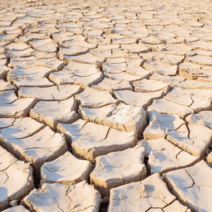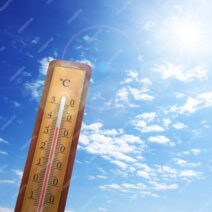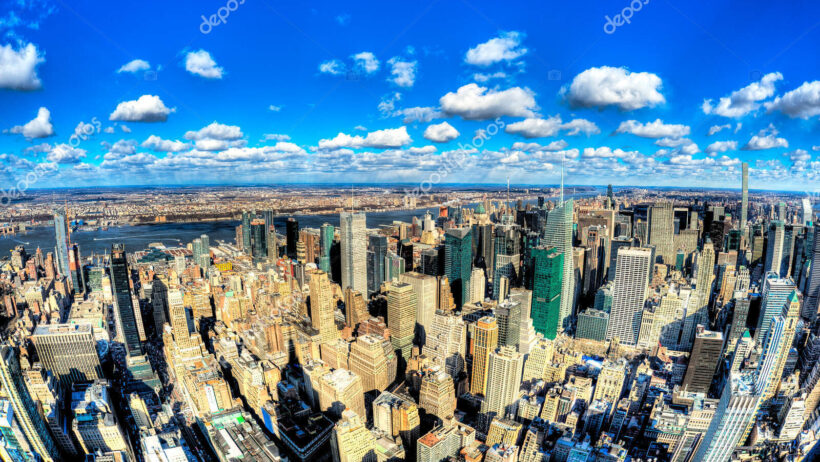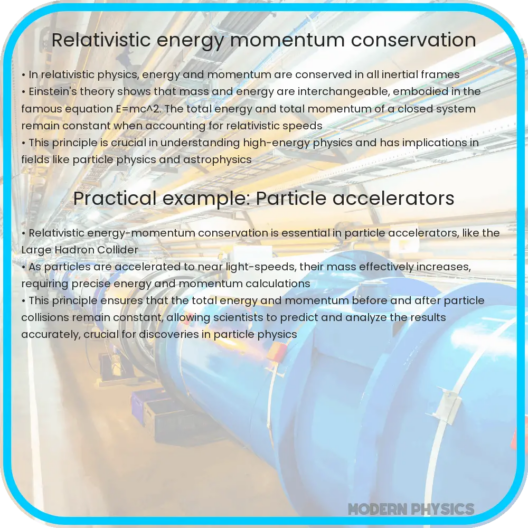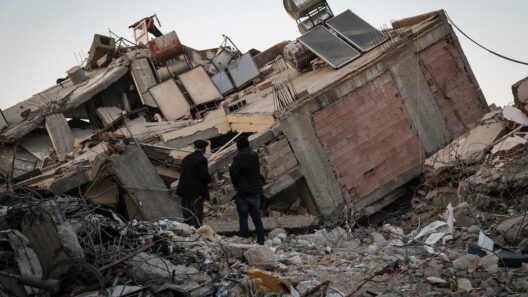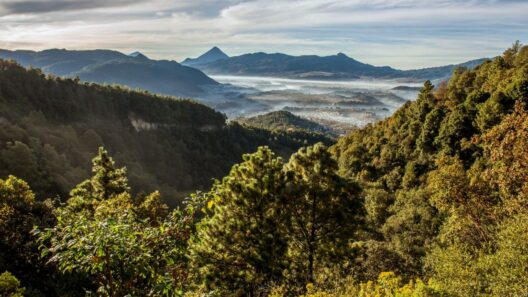The climate of New York City is a multifaceted subject, reflecting not only its geographic location but also the intricate interplay of urbanization and meteorological patterns. Nestled in the northeastern quadrant of the United States, the city experiences a humid subtropical climate, which is characterized by distinct seasonal variations. This diversity has long been a subject of fascination for both residents and visitors, as it profoundly influences the city’s vibrancy and livability.
To fully grasp the essence of New York City’s climate, it is imperative to consider its seasonal delineations. The New York winters are notably cold, with temperatures often plummeting below freezing from December through February. Snowfall occurs periodically, though its accumulation can be unpredictable. This fleeting white blanket, despite its transitory nature, lends the city an ethereal charm during holiday festivities.
Spring emerges slowly in March, heralding a renewed vibrancy in the city. During this season, temperatures gradually ascend, and the flora begins to bloom, creating an inviting atmosphere that encourages residents to partake in outdoor activities. The display of flowering trees, coupled with the mild temperatures, adds a layer of allure to the metropolitan landscape. However, spring is also notorious for its erratic weather patterns, oscillating between pleasant sunny days and unexpected downpours, which can be both exhilarating and frustrating for those traversing the urban maze.
As the city transitions into summer, the climate shifts dramatically. The months of June through August are marked by warmth and humidity, resulting in an often sweltering environment. Daytime highs frequently exceed 85°F (29°C), with the occasional heat wave pushing temperatures into the 90s (32°C). During this time, the phenomenon known as the urban heat island effect becomes particularly pronounced; the concrete and asphalt absorb and retain heat, elevating the local temperature compared to surrounding areas. Consequently, the city becomes alive with outdoor festivals, rooftop venues, and various cultural happenings, reflecting a communal desire to embrace the sun and warmth.
Moreover, summer storms, characterized by sudden downpours and thunderstorms, occasionally disrupt the laid-back pace of the season. The thunderous cacophony can be a nuisance, yet these atmospheric disturbances serve a crucial role in alleviating humidity and replenishing local water sources. Consequently, this multifaceted summer climate fosters both challenges and opportunities for urban residents.
As the blistering heat wanes, autumn unfurls its vibrant tapestry of colors across the city. From late September through November, temperatures begin to dip, providing relief from the sweltering summer. The foliage turns brilliant shades of red, orange, and yellow, attracting numerous visitors eager to experience the picturesque transformation of Central Park and other green spaces. This picturesque season is often accompanied by crisp, invigorating air, inviting both residents and tourists to partake in outdoor activities amidst the stunning scenery.
However, the allure of autumn is juxtaposed with potential meteorological challenges, such as hurricanes and nor’easters. New York City, while not perpetually impacted by these severe weather events, occasionally bears the brunt of coastal storms, which can bring heavy rain and formidable winds. These natural phenomena serve as a reminder of the city’s vulnerability to climate change, emphasizing the need for contingency planning and robust infrastructure to safeguard urban populations.
The city’s climate is not only influenced by natural seasonal shifts but is also shaped by broader environmental changes linked to climate change. Rising global temperatures have led to increased instances of extreme weather events, necessitating a reevaluation of how New Yorkers experience their environment. The phenomenon of climate change is reshaping the very fabric of New York’s climate, intensifying weather variability, and complicating traditional seasonal patterns.
In light of these changes, the fascination with New York City’s climate extends beyond mere weather observations. It illuminates deeper cultural connections; for instance, the diversity of seasonal experiences fosters a unique collective identity. Each season brings with it a distinct character, influencing social behaviors, fashion trends, recreational pursuits, and even culinary offerings. The city’s ability to adapt to such environmental fluctuations is a testament to the resilience of its inhabitants.
Furthermore, urban planners and policymakers are increasingly attuned to the implications of climate change on New York’s environment. Initiatives aimed at enhancing green infrastructure, adopting sustainable practices, and promoting eco-conscious behavior among residents have gained momentum. These strategies not only seek to mitigate the effects of climate change but also aspire to enhance the livability of the metropolis in the face of environmental challenges.
Climate advocacy has become an integral aspect of New York City’s ethos. Community engagement and awareness campaigns promote sustainable practices, urging residents to become stewards of the environment. Historic landmarks and urban centers are now increasingly equipped with technological solutions to monitor climate impact, further intertwining the city’s identity with environmental consciousness.
Through every shift in climate, New York City embodies a narrative that marries vibrancy and resilience. From the chill of winter to the heat of summer, from the arboreal explosion of autumn to the renewal of spring, the climate reflects the city’s constant evolution. Whether you are an avid urbanite or a curious visitor, the climate of New York serves as a reminder of nature’s ever-present hand in shaping our experiences and environments.
